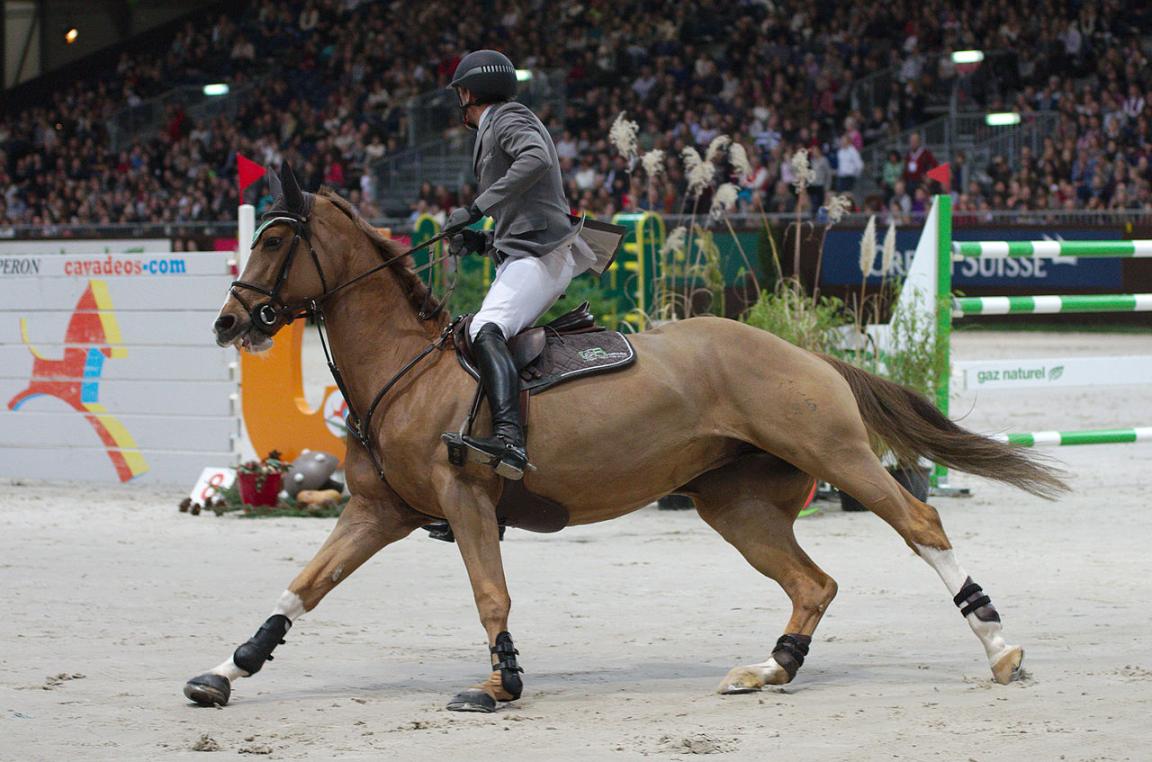
Continent: Europe
Country: Germany
Weight: 600 – 640 kg
Height: 160 – 170 cm
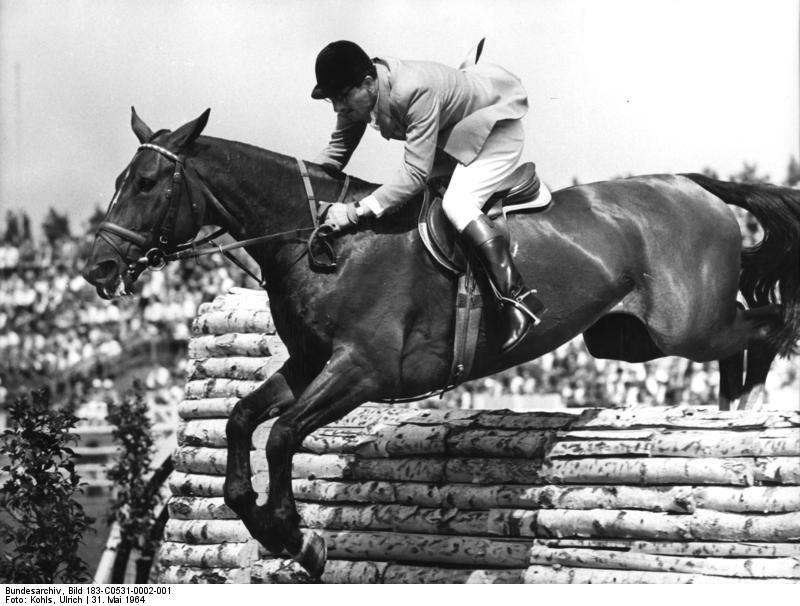
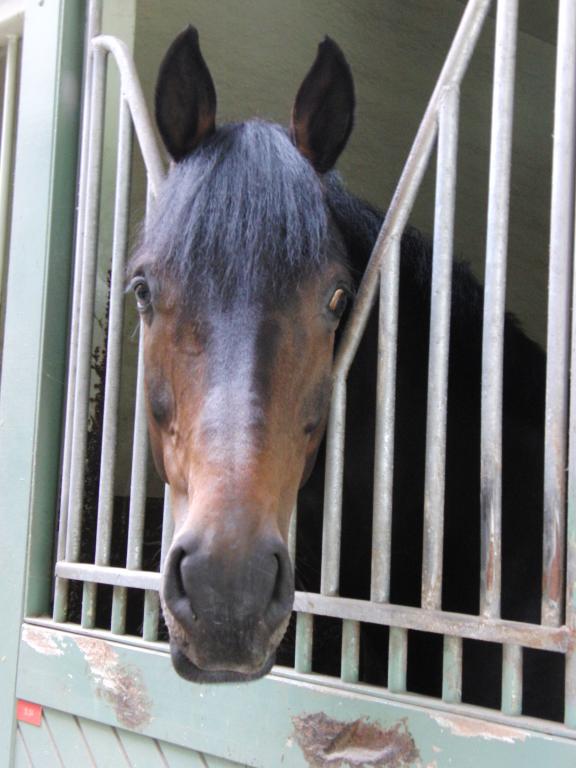
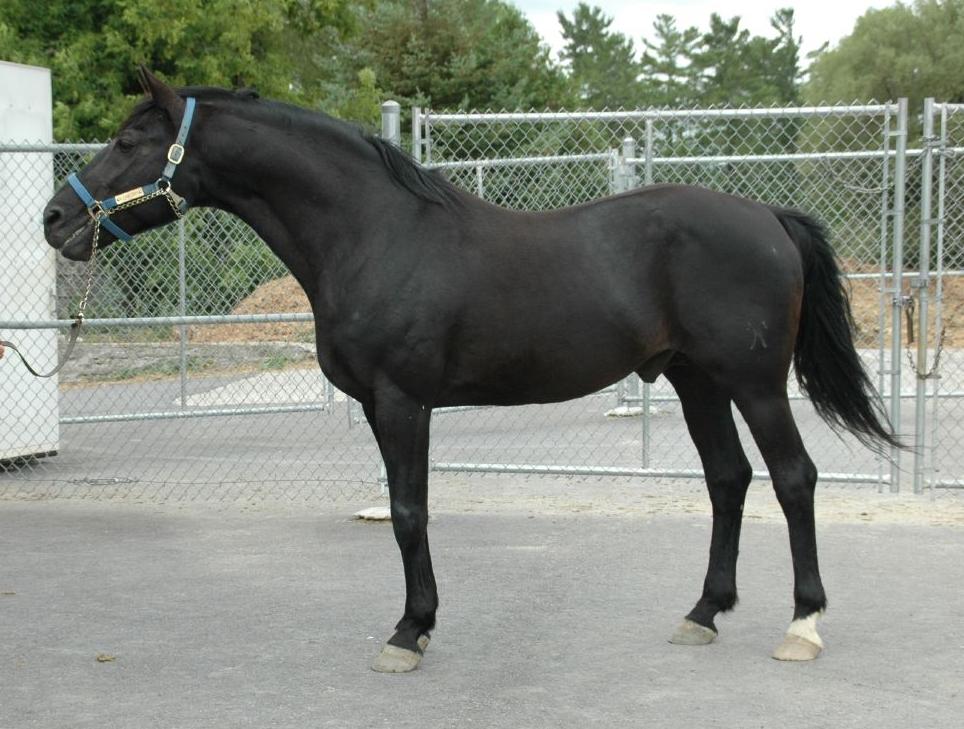
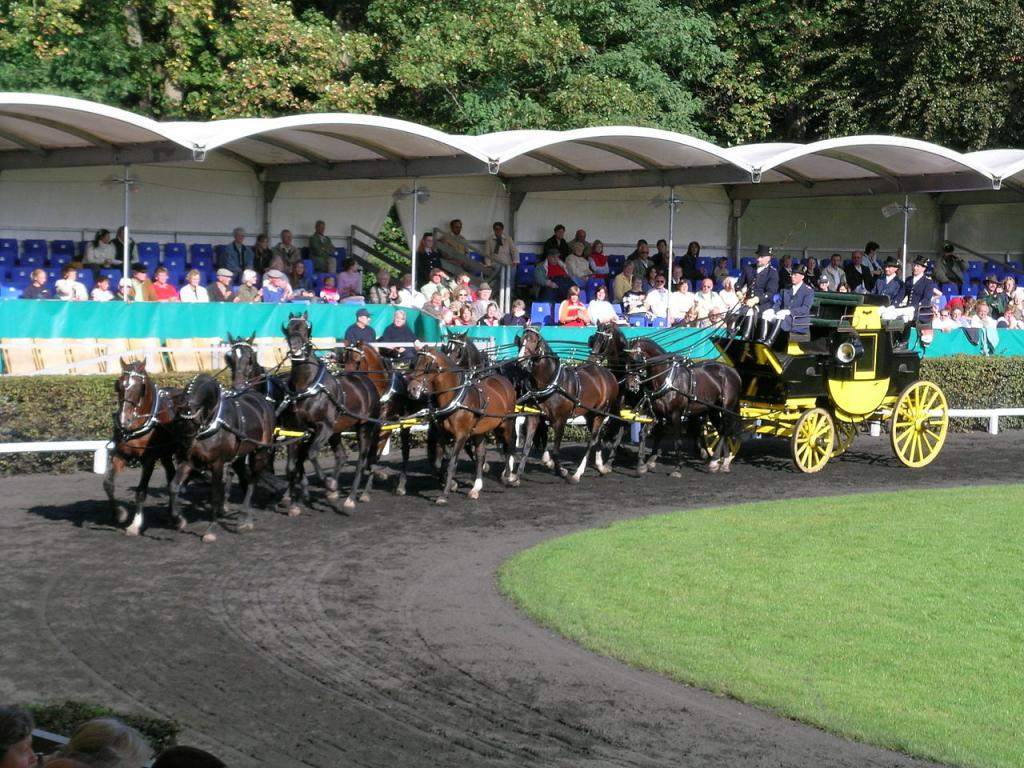
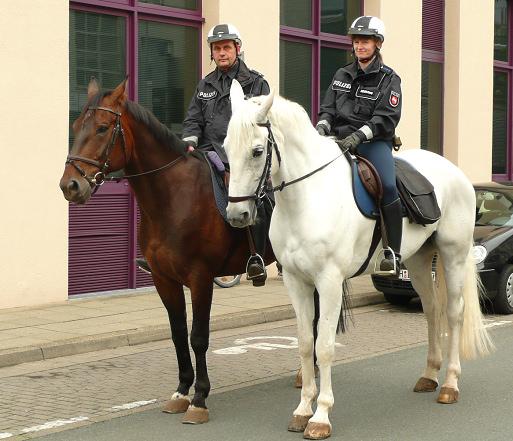


The Hanoverian originates from the historic region of Hanover, located in Lower Saxony, in the northwest of Germany. While horse breeding in the area dates back to the 16th century, the breed truly began to take shape in 1735 with the founding of the State Stud of Celle by George II of Great Britain, who was also Prince-Elector of Hanover. The stud’s mission was to provide high-quality stallions to local breeders at a time when horses were needed for military cavalry, agricultural work, and prestigious carriage driving.
The initial crossbreeding involved robust local mares and carefully selected foreign stallions, such as Holsteiners, Thoroughbreds, Cleveland Bays, Neapolitan, Prussian, and Mecklenburg stallions. The result was a powerful, versatile, yet elegant and enduring horse capable of fulfilling various demands of the time.
A major step was taken in 1844 with the legal requirement for official licensing of breeding stallions, ensuring strict genetic quality control. Later, in 1888, the creation of the Hanoverian stud-book officially recognized the breed.
Throughout the 19th century, the Hanoverian gradually evolved into a high-level riding and carriage horse. After World War II, as equestrian needs shifted, the breed was selectively refined into a modern sport horse, incorporating hotblood lines such as the Trakehner and Thoroughbred. This transformation positioned the Hanoverian to excel in Olympic disciplines: dressage, show jumping, and eventing.
The Hanoverian is primarily bred in northern Germany, specifically in the federal state of Lower Saxony, the breed’s historical homeland. The State Stud of Celle, located near Hanover, remains the central hub of selection, housing dozens of approved stallions. Around Celle, numerous private breeders contribute to the breed’s development and dissemination.
Beyond Lower Saxony, there are also active breeding centers in neighboring states such as Saxony-Anhalt, Mecklenburg-Western Pomerania, and Schleswig-Holstein, particularly for sport-oriented crossbreeding.
Internationally, the Hanoverian has established a strong presence thanks to the reputation of its stud-book. Today, licensed breeders can be found in France, Switzerland, the Netherlands, Canada, the United States, Australia, and Denmark, with branches of the Hannoveraner Verband ensuring genetic supervision and promoting the breed abroad.
The Hanoverian plays a central role in the genetic foundation of European sport horses. Thanks to over two centuries of rigorous selection, it has given rise to numerous high-performance bloodlines, especially in dressage and show jumping. Its stud-book has significantly influenced other warmblood breeds such as the Westphalian, Baden-Wurttemberger, and Oldenburg.
The Hanoverian is known for passing on highly desirable traits, including a harmonious conformation, expressive movement, a strong and supportive back, and a steady temperament. These features make it a preferred choice in international breeding programs.
It also contributes to the genetic improvement of modern sport horse breeds through its ability to stabilize conformation, enhance character reliability, and bring consistency to performance. Its strong presence in international rankings confirms its status as a foundational genetic resource in the sport horse world.
The history of the Hanoverian dates back to the 18th century, when King George II of Great Britain, also Elector of Hanover, founded the State Stud of Celle in 1735. The goal was to breed high-quality horses for cavalry, agriculture, and carriage driving. The foundation stock came from strong local mares crossed with imported stallions such as Holsteiners, Thoroughbreds, Cleveland Bays, and Neapolitan horses.
During the 19th century, the Hanoverian became popular as a light draft and working horse, while maintaining its elegance and steady temperament. In 1844, a law made stallion licensing mandatory, ensuring strict reproductive control. Later, in 1888, the first official stud-book was published.
After World War II, changing demands shifted the Hanoverian's role: from a working horse, it evolved into a modern sport horse, notably through the infusion of Trakehner and Thoroughbred blood, which brought refinement, elasticity, and more energy. This transition marked a turning point, propelling the breed to the highest levels of Olympic disciplines.
Since then, the Hanoverian has consistently been seen on international podiums in dressage, show jumping, and eventing, confirming its status as a benchmark breed in the world of sport horses.
The Hanoverian is known for its balanced temperament, the result of rigorous selection aimed at producing horses that are both high-performing and easy to manage. It displays a cooperative personality, making it particularly suitable for both amateur and professional riders.
Among its dominant traits are:
-Willingness to work,
-Strong learning ability,
-Honest character,
-and good stress tolerance.
The Hanoverian is generally calm and attentive, yet energetic when asked, which makes it just as comfortable in demanding sport disciplines as in high-level riding schools. This emotional stability is one of the pillars of its international success.
The Hanoverian enjoys a strategic position on the international sport horse scene, and its future prospects are very promising. Thanks to an ongoing performance-oriented selection, the stud-book aims to further refine criteria such as gait quality, mental balance, and athletic longevity. Global demand for versatile, well-balanced, and competitive horses in dressage, show jumping, and eventing remains strong, especially in North American and Asian markets.
At the same time, the Hannoveraner Verband is investing in controlled genetic diversification, occasionally integrating blood from other warmbloods (such as KWPN or Trakehner) to avoid inbreeding while preserving breed identity. The rise of disciplines like para-dressage, high-level amateur riding, and sustainable equestrian sports is also driving the value of reliable, adaptable, and easy-to-handle lines, even for non-professional riders.
Finally, the breed remains attentive to issues of animal welfare, ethical breeding, and sustainability, adapting its practices to modern standards while continuing to produce a global genetic elite.
The Hanoverian is generally considered a robust and reliable breed, the result of decades of rigorous selection within a structured studbook. However, as with many sport horse warmbloods, certain genetic predispositions or joint weaknesses may appear, particularly in individuals from highly competitive bloodlines.
The most commonly monitored health issues in the Hanoverian include:
-Navicular disease,
-Hock dysplasia or patellar issues,
-Wobbler syndrome (neurological disorders),
-and rare hereditary defects such as bone abnormalities or severe limb conformation issues.
Nevertheless, the strict selection program of the Hannoveraner Verband includes extensive veterinary screenings (x-rays, movement assessments, temperament tests), helping to eliminate breeding stock with major defects and ensuring the overall soundness of the population.
The Hanoverian performs a four-beat walk that is ample and energetic, with strong engagement of the hindquarters. Highly valued in dressage for its natural rhythm and cadence.
Three typical trot variations seen in the Hanoverian:
- Medium trot: fluid, expressive, and regular
- Extended trot: long strides with noticeable bounce and propulsion
- Collected trot: restrained yet powerful impulsion, essential for movements like piaffe and passage
- Working canter: natural rhythm, consistent drive
- Extended canter: aerial strides, used on long diagonals
- Collected canter: balanced, with joint flexion and precise adjustments (e.g., pirouettes, flying changes)
Born on 01/01/1983
Ridden by Isabell Werth, Gigolo is one of the most decorated dressage horses in history. He won team gold medals at the 1992 Barcelona, 1996 Atlanta, and 2000 Sydney Olympic Games, and was individual World Champion in The Hague 1994.
Born on 01/01/1994
A Hanoverian dressage horse also ridden by Isabell Werth, he became individual World Champion in 2006 (Aachen) and won team silver at the 2008 Beijing Olympics.
Born on 01/01/1994
Hanoverian gelding ridden by Anky van Grunsven, double Olympic individual gold medalist in dressage (Athens 2004, Beijing 2008), known for his impulsion and precision.
Born on 01/01/1993
Champion en saut d’obstacles monté par Meredith Michaels-Beerbaum, triple vainqueur de la Coupe du monde FEI et grand gagnant de nombreux Grands Prix internationaux.

